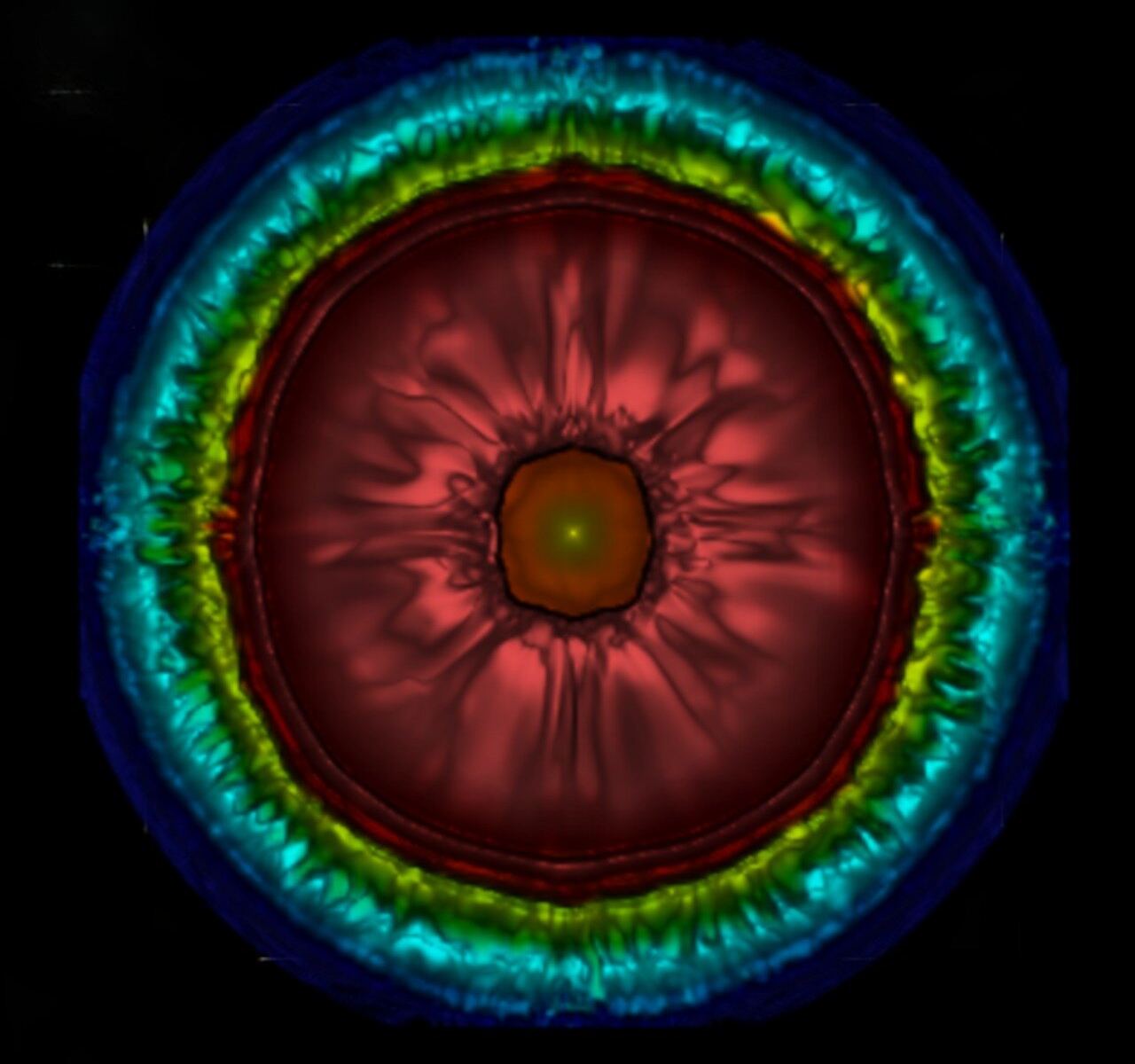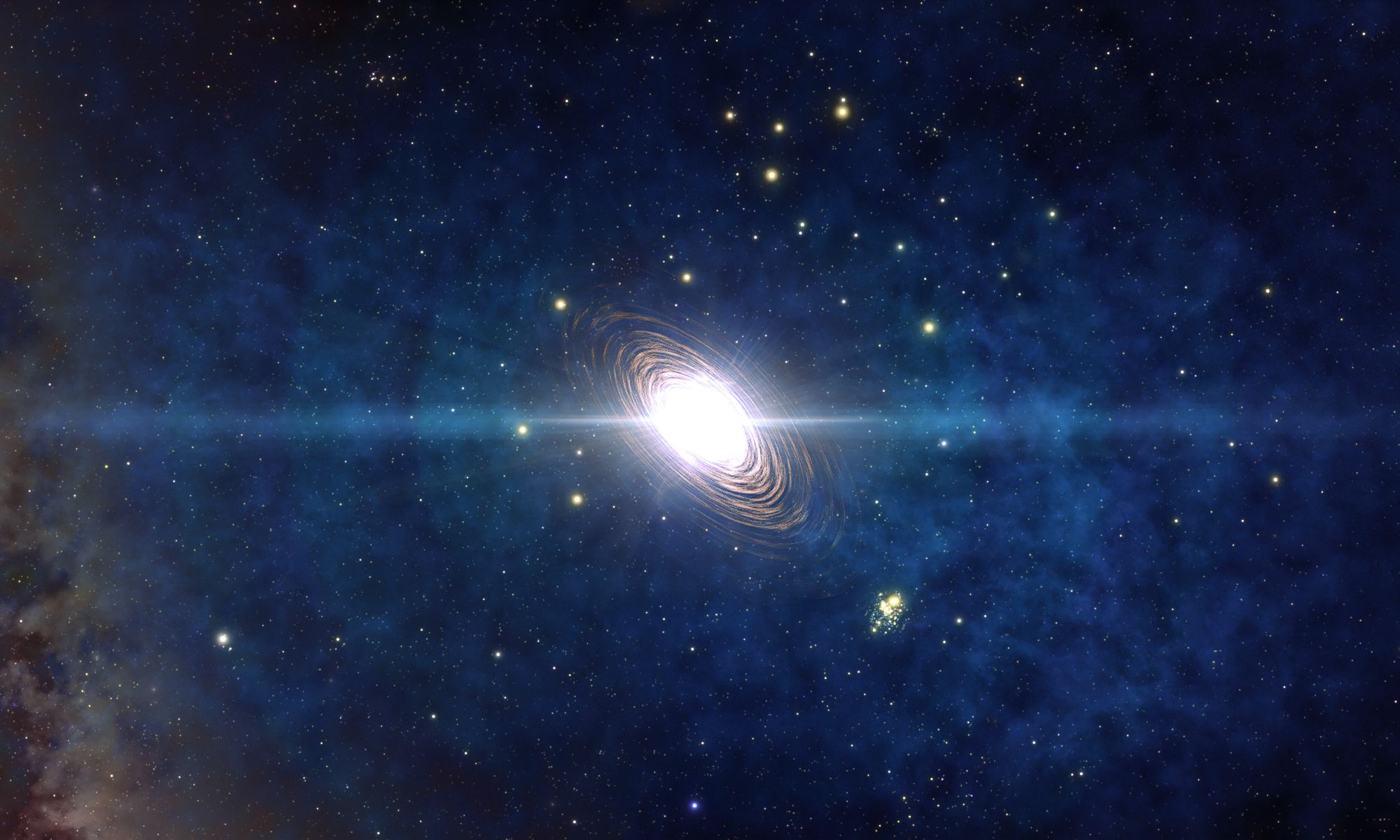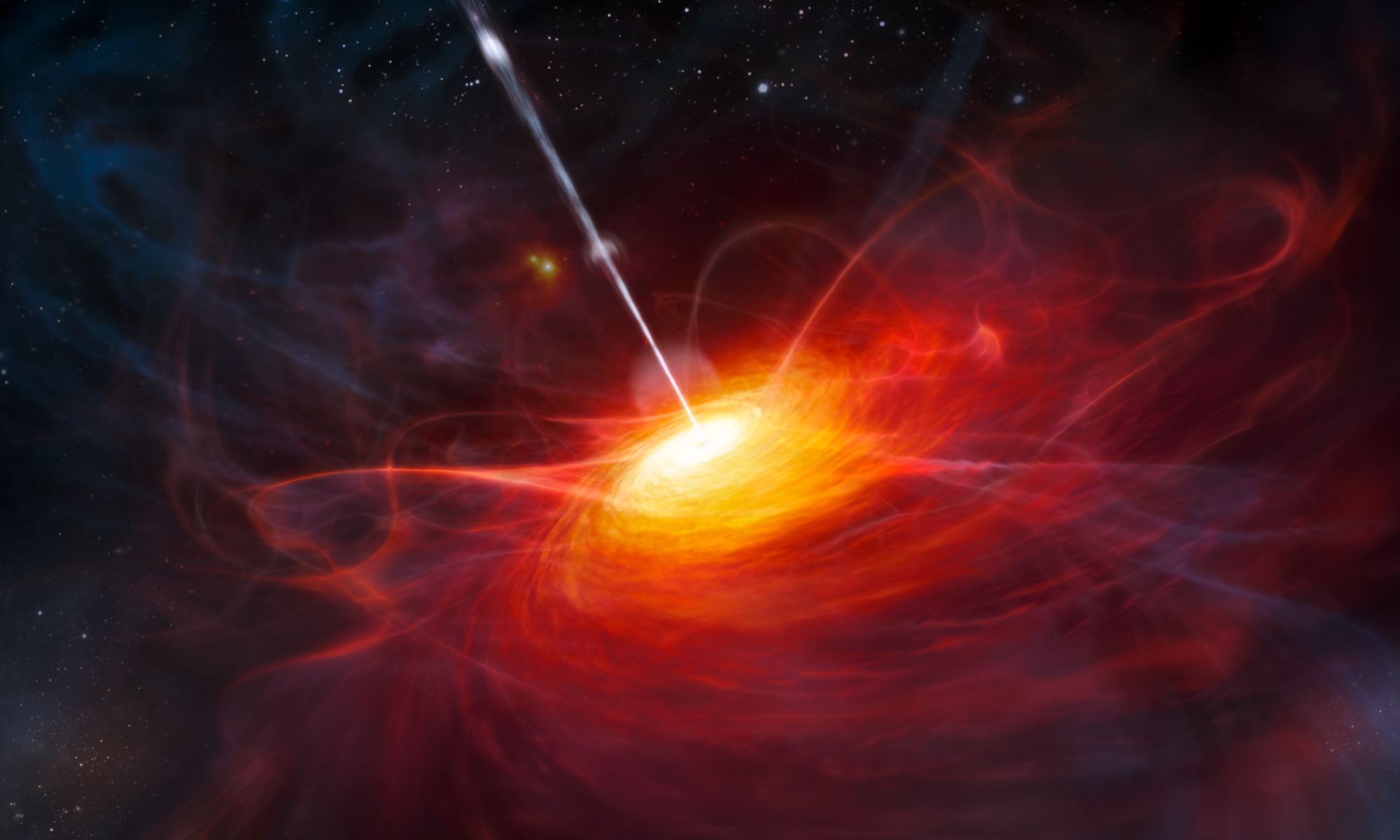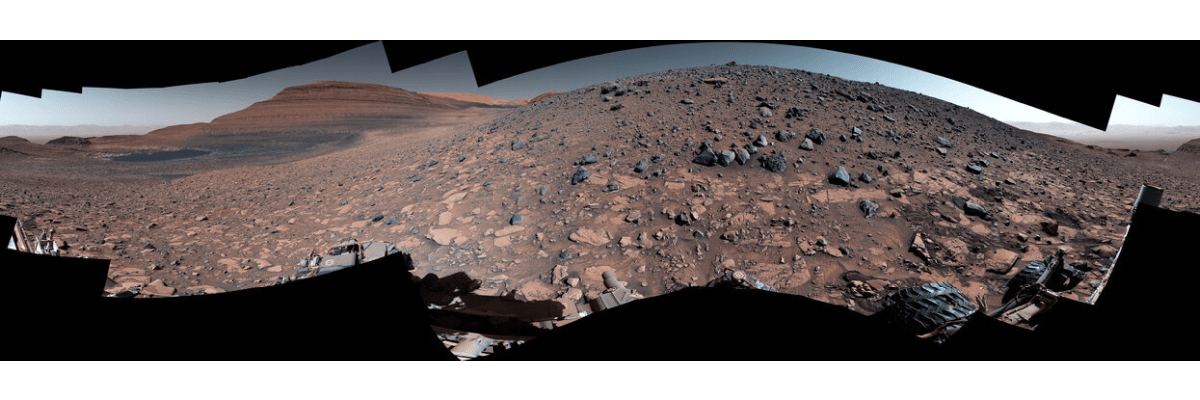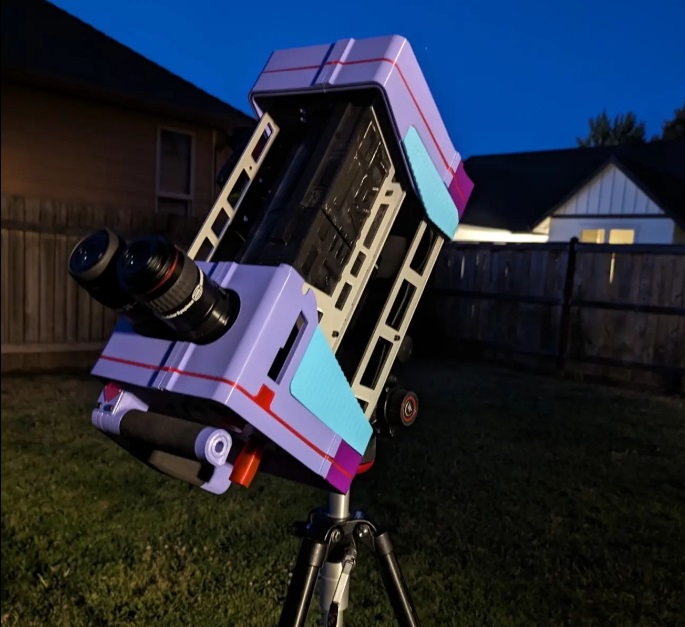When the largest stars in the Universe run out of fuel, they detonate as supernovae, collapsing inward and leaving behind a neutron star, black hole, or just wholly vaporizing. What’s happening inside the unfolding explosion is difficult to understand, and especially so for so-called exotic supernovae, the rarest and brightest types of stellar explosions.
To better understand the dynamics of these rare supernovae, astronomers are using powerful supercomputers to simulate the process. After years of real-world research and millions of hours of supercomputer computing time, researchers have completed the first ever high-definition, 3D hydrodynamic simulation of exotic supernovae.
Continue reading “This 3D Simulation of a Supernova Needed 5 Million Hours of Supercomputing”
